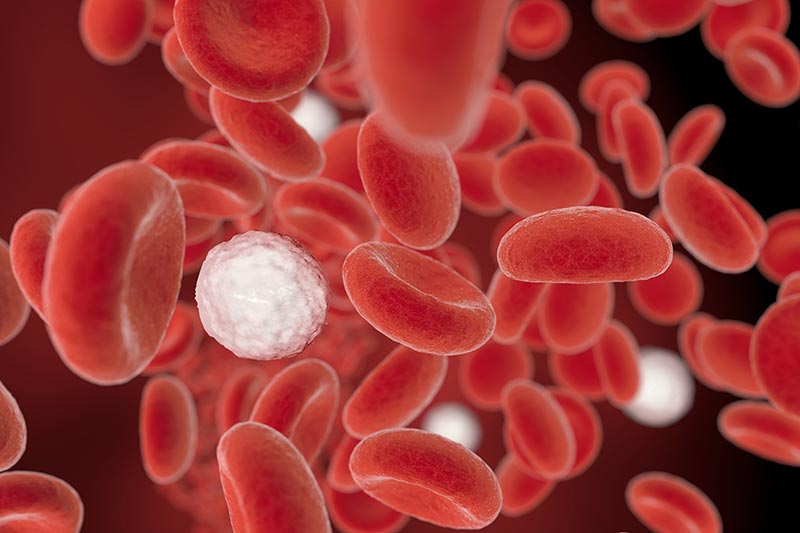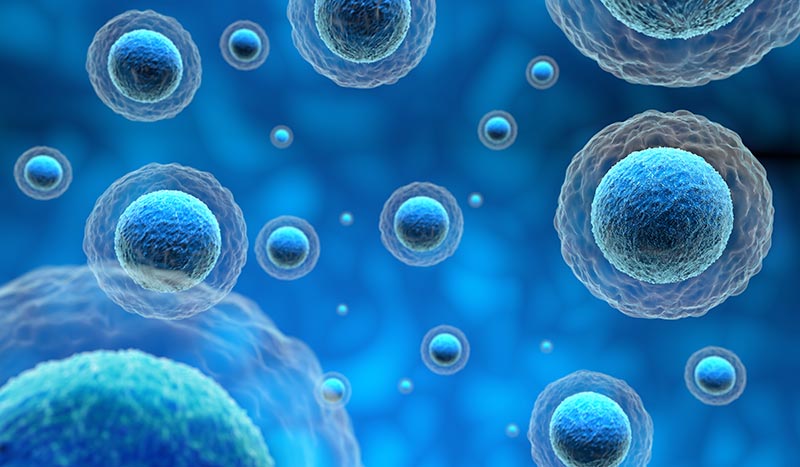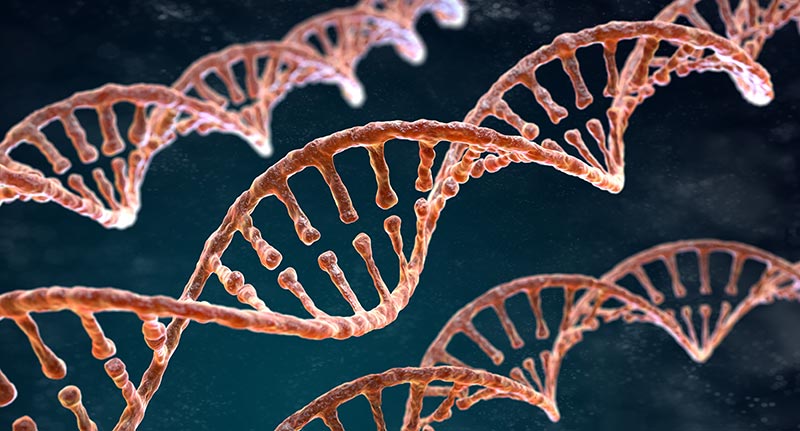Emanation of light from the sun is what makes life bountiful on planet earth. Just as light sustains life in the oceans and on land, when specific frequencies are used in therapeutic doses, human life expectancy may also be extended.
Longevity is the process of extending life expectancy and there are many tools and protocols an individual can engage to positively contribute. While many protocols involve adding or subtracting substances into the body, such as nutrition, vitamins, pharmaceuticals or even calorie reduction, light therapy capitalizes on enhancing the natural cellular mechanisms.
In 1965 NASA began turning to light therapy modalities to ensure the healthful reintegration process of astronauts coming back to the planet after time in zero gravity. The use of light by this institution quickly evolved and spread globally as a viable medical treatment for a variety of conditions.
Research suggests that light used in therapeutic doses and in a controlled environment may positively affect life expectancy.
This article explores the human cellular relationship to light, the nature of light frequency, and more specifically what type of light affects longevity, and how to administer light protocol to extend life.
Light And Cellular Health: The Sum Total Of Parts

Longevity, light, and the human experience is best understood with a slight change of perception on physiology. Rather than considering the human body as a solid and static organism, as it is often studied, begin to conceive of the human form as an entity constantly in flux, and one that is in conversation with itself, as well as with the outer environment.
The human body is composed of roughly 50 trillion cells, a number that is beyond cognitive conception for most. This community of cells makes up the sum total of an individual’s physiology. Where there is cellular health, there is also radiant overall health.
Just like vegetation on land and plankton in the sea, human cellular composition depends upon the full spectrum of light for its survival.
Understanding the depth of impact that light has on cellular health requires a closer look at the relationship between human cells and the light spectrum.
Expert Tip-The light Spectrum: A basic rundown
The sun radiates the full spectrum of light. Some light is visible to the human eye and is perceived as color, while other light is invisible but can often be experienced tactically as heat.
Electromagnetic radiation is one way that light travels to space; either coming off the sun, the flame of a candle, or from another heat source. All light demonstrates as wave frequency. Each portion of the light spectrum has a unique cadence and rhythm of wave expression. It is the unique expression of each wavelength that gives the properties and qualities to each portion of the spectrum.
Wavelengths can be considered like the finger print for each color and light frequency. Each light frequency is composed of two oscillating forces that create the distinguished light wave:
1) amplitude of electric field (E) 2) amplitude of magnetic field (M).
How E and M interface constitutes the nature of the wave of light. The means by which light frequency interacts with matter determines whether it is healthful or not for humans. Certain light waves have a greater impact on human cellular health, and conversely certain wavelengths may negatively impact human cellular health.
Take a look at the graph below. This illustrates the electromagnetic spectrum (1):
You can see that the visible spectrum of light occupies a small portion of the entire electromagnetic field.
As it turns out, each visible color of light has a positive impact on human health; however, it is the red and infrared (just beyond the visible spectrum) that have proven to be deeply beneficial for human cellular health. As measured in nanometers, ideally the range from 550 nm to 1200 nm will optimize health and longevity when used in controlled therapeutic doses. (2)
Each cell has photon receptors and it is the relationship between photon absorption and cellular health that can alter the course of life expectancy at an individual and collective level.
Photobiomodulation: The Process Of Healing Damaged Tissues And Cells With Red And Near-Infrared Light

Photobiomodulation (PBM) is a therapy that uses red and infrared light to effect positive change in the energy centers of human cells.
PBM is not based in thermal therapy; however, infrared sauna therapy will effectively capitalize on both heat therapy and PBM to actualize positive transformation. PBM is actualized based on the wave patterns of light as it interfaces with the coding of human cells to positively affect the energy manufacturing centers of the cells.
When specific light frequency is applied, in therapeutic doses to diseased or malfunctioning tissues of the body, through the mitochondrial engagement with light, it may be possible to produce resounding healing results to cells, tissues, and entire systems of the body. (3)
When damaged tissues are exposed to red and infrared light, cellular metabolism is positively induced. This creates a chain response of biological changes to decrease inflammation, pain, and injury.
Through exposure to the broad band of red and infrared light, absorption of this wave frequency triggers a remarkable upgrade in mitochondrial activity. ATP (Adenosine Triphosphate Production), the necessary molecule involved in energy transmutation in the cell is stimulated. (6) By enhancing nitric oxide production, oxygenation of the intracellular communities is augmented.
The cocktail of red and infrared light when administered in therapeutic doses positively oxygenates blood, and encourages increased circulation of this enriched blood throughout the body.
Photobiomodulation, Oxidative Stress And Longevity
Oxidation is a naturally occuring chain of biochemical transformation in the body, however oxidative stress is when this process is out of balance in some capacity. Oxidative stress contributes to a multitude of diseases as well as to the aging process. Here is what Dr. Timothy J. Legg, PHD writes on the matter:
“When there are more free radicals present than can be kept in balance by antioxidants, the free radicals can start doing damage to fatty tissue, DNA, and proteins in your body. Proteins, lipids, and DNA make up a large part of your body, so that damage can lead to a vast number of diseases over time. These include: Diabetes, atherosclerosis, inflammatory conditions, hypertension, heart disease, neurodegenerative disease, cancer. Oxidative stress also contributes to aging.” (4)
Photobiomodulation And Oxidative Stress Reduction
The use of red and infrared light in therapeutic doses may balance oxidation rates in the body. Research performed by The National Library Of Medicine in their journal ‘Effects of Photobiomodulation Therapy On Oxidative Stress In Muscle Injury Animal Models: A systematic Review’ suggests that through PBM not only are damaged tissues healed, but longevity is profoundly affected. An excerpt from this article reveals the following:
“Since the mid-1960s, the use of light energy as a therapy for inflammation and cell tropism has opened up a new research field to understand interaction between electromagnetic energy and biological tissue. More recently, photobiomodulation therapy (PBMT) has been used to mitigate and delay muscle fatigue and experimental condition…. Thus PBM has been reported to modulate oxidative events, reducing oxidative stress in different situations.”
By reducing oxidative stress in the body through red and infrared light therapy, it may be possible to extend life expectancy. Tissue repair occurs at faster rates in a body that is balanced in oxidative processes, thereby creating an internal atmosphere ripe for longevity.
Mitochondrial Hormesis and Longevity: Infrared Sauna Therapy Offers Both Heat And Light!

Mitochondria are organelles within each cell of the human body, they are responsible for the conversion of outsourced energy into usable sustenance for the body. Moreover recent studies suggest that these energy centers play an impactful role in the aging process. The National Library of Science and Medicine published the following:
“Thus, mitochondrial dysfunction implication increased oxidative stress has been proposed to be associated with a variety of diseases like diabetes, cancer and neurodegenerative disorders, including Alzheimer’s and Parkinson’s disease. Beyond that, impairment of mitochondrial activity is supposed to be a major reason for aging.” (8)
Therefore maintaining the high functionality of the mitochondria is an essential aspect to health, wellness, and also longevity.
Reactive Oxygen Species (ROS) in high levels is known to cause damage to cells. Mitochondrial Hormesis, or Mitohormesis as it is sometimes called, is the process of lowering of ROS, and is therefore associated with both health and longevity (8).
Activation of mitohormesis can be done by a variety of methods, including calorie reduction, thermal therapy, as well as red light therapy (8).
Here is the big magic. Infrared sauna therapy (with both color red and near infrared light) provides both heat therapy as well as light therapy to induce high functional mitochondria.
Dr. Michael Ristow writes on the subject of increased mitochondrial function and longevity:
“Accordingly, mitochondrial dysfunction is associated with the onset of age-related diseases such as diabetes, cancer, and neurodegeneration. Furthermore, impairment of mitochondrial activity is assumed to be a main cause of the aging process.” (7)
Without doubt, for individuals looking to promote longevity, fostering the health of the very important organelle mitochondria is critical. Gratefully, there are accessible and practical means to achieving this.
Heat & Light Serve To Foster Longevity: Is Infrared Sauna Therapy The Solution To Life Extension?

Evidence suggests that while there are several practical approaches to promoting mitochondrial health; two key ingredients are the engagement of PBM, as well as the use of thermal therapy.
Longevity is not about popping another pharmaceutical pill. In fact it may be that simply enjoying an infrared sauna with regularity could extend life expectancy. The unique relationship between red and infrared light promotes the photon absorption within the cytoplasm of the cells to instigate a positive cascade of biochemical changes, namely inducing high functioning mitochondrial response.
Further, when PBM is combined with heat, a recipe for promoting mitochondrial health is, perhaps, perfected.
No longer are individuals required to sit back as victims of heredity, but rather through light and heat therapy we may collectively and individually, actively participate in our longevity program.
Sources Cited:
- https://www.khanacademy.org/science/physics/light-waves/introduction-to-light-waves/a/light-and-the-electromagnetic-spectrum
- https://imagine.gsfc.nasa.gov/science/toolbox/emspectrum1.html
- https://www.litecure.com/about-photobiomodulation/
- https://www.healthline.com/health/oxidative-stress
- https://www.ncbi.nlm.nih.gov/pmc/articles/PMC5623775/
- https://www.litecure.com/about-photobiomodulation/
- https://www.sciencedirect.com/science/article/pii/S0891584911003121
- https://www.ncbi.nlm.nih.gov/pmc/articles/PMC4036400/


